Peace lilies are an iconic houseplant that never seems to go out of trend. It is cherished for their lush green foliage and elegant white flowers, which are a beloved and resilient houseplant symbolising remembrance and tranquillity. Originating from Central and South America, these tropical beauties belonging to the Spathiphyllum species that thrive indoors, making them an excellent addition to homes.
Named for their off-white flowers resembling flags of peace, these plants are renowned for their adaptability. Growing between 30-120 cm wide, they are not true lilies but share their grace and charm. While ideal for warmer climates, we'll explore how to care for and keep peace lilies thriving indoors.
The Perfect Soil
As with any plant, soil is one of the most important components to growing a healthy, happy plant. Many indoor plants thrive in a chunky, well-draining soil with the peace lily being no exception. LOFSA Soilless Soil Mix is the perfect soil for your beloved peace lily house plant.
Watering Wisdom
Watering is another very important factor to maintain a happy peace lily, water generously when needed, allowing the soil to dry between watering. Watch for drooping leaves as an indicator. Ensure the pot has plenty drainage holes to prevent root rot. Peace lilies are sensitive to tap water as in many areas tap water contains numerous chemicals. Therefore, if you are using tap water it should be left out overnight to dissipate chlorine, or consider using distilled, filtered, or rainwater instead. Rainwater being the best option if available or if you can collect it when possible.
Sunshine and Serenity
Peace lilies flourish in bright indirect sunlight but also adapt to low-light conditions, making them versatile choices for various spaces. Too much direct light can lead to leaf scorching, so find the right balance for optimal flowering. Brighter spots encourage more frequent blooms. If your peace lily is not flowering, it could be because it’s not getting enough light. If you really want your peace lily in that low-light corner, consider supplementing light with grow lights.
Temperature and Humidity Harmony
As the peace lily is a tropical plant it thrives in a warm and humid environment, it prefers an indoor temperature between 18°C and 25°C. As for the humidity, if you are living in a dry climate, you can enhance the humidity by using a 360 fine mister bottle for the occasional misting or using a humidifier. It is important that you shield peace lilies from drafts and keep away from air conditioning.
Fertilising Facts
While peace lilies don't demand much fertiliser, Growth Technology Complete Focus is the perfect all-rounder containing all 12 essential minerals suitable for all stages of the plant growth. Or if you are after a 100% organic fertiliser and easy option, We the Wild Support Slow Release Pellets are another great product. Ensure that you fertilise your plant all year round more so in the growing season (spring and summer) and less in autumn and winter to enhance your plants well-being.
Pruning and Propagation
Once flower stalks are exhausted, trim the stalk at the base. Remove yellowed or shrivelled leaves to maintain a neat appearance. The trimmed leaves will be replaced with even more leaves making your plant fuller and bushier. To propagate your peace lilies, gently remove your plant from its pot and divide the crowns or use a sharp knife to cut and replant sections.

Repotting Rituals
Peace lilies don’t mind been slightly pot-bound. Tell-tale signs that your peace lily needs a repot is when roots emerge from drainage holes, you are watering your peace lily more often as it’s drying out too quickly, and the pot feels tight. When reporting your beautiful indoor plant ensure that you are choosing a pot that is only slightly larger than the current one to avoid excess moisture retention. Again, remembering to choose a well-draining soil mix for a successful transition.
A Hydro Peace Lily
If you are brave enough to experiment, peace lilies can also thrive just in water (hydro plant). To achieve this, rinse off soil as much as possible, place roots in a glass vase with distilled, filtered or rainwater and add 3ml of Growth Technology Clonex Clone Solution. Change the solution weekly while doing so also rinse the roots, removing any dead roots in the process. Over 3-4 weeks new water roots will start to develop. Once fully adapted change your fertiliser to GT Complete Focus. This is a great alternative for people who struggle with getting their watering just right and would like an easier and more straightforward option.
Air-Purifying Prowess
As recognised by NASA as one of the top 10 air-cleaning house plants. Peace lilies doesn’t just add oxygen to your home it also filters and removes toxins such as benzene, formaldehyde, ethylene, and ammonia from the air making it the perfect natural air purifier.
Peace Lily Tips
When it comes to peace lilies, brown tips are a common issue that most people face. The likely cause of this issue is caused by tap water, switch your water to distilled, filtered or rainwater. If you don’t’ have access to any of these options, let your tap water stand overnight before using it for the chloring to dissipate. Combat pests with regularly cleaning the leaves with a product such as We The Wild Protect Spray. Ensuring that you are spraying and wiping both the top and bottom of the leaves. If your beloved peace lily is struggling to flower, ensure that it is getting adequate light, and is fertilised for healthier blooms.
Toxicity
Peace lilies are toxic to pets. Therefore, ensure that this beloved indoor plant is kept away from your adored pet.
Check out our online shop for all your peace lily needs!
Happy Planting!!

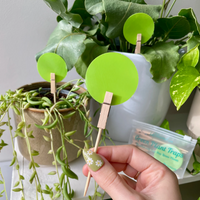
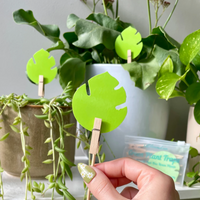
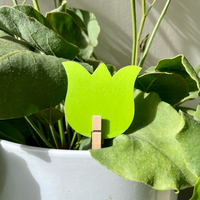
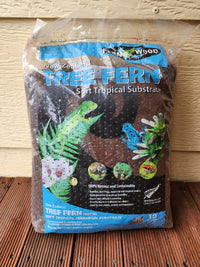
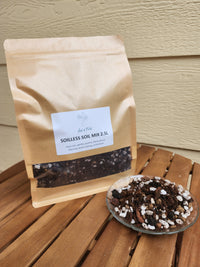

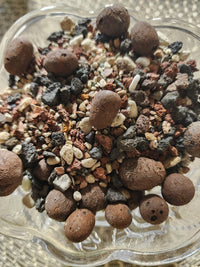
1 comment
Thanks for your tips on caring for peace lillies.Have just purchased one and I’m hoping it will survive